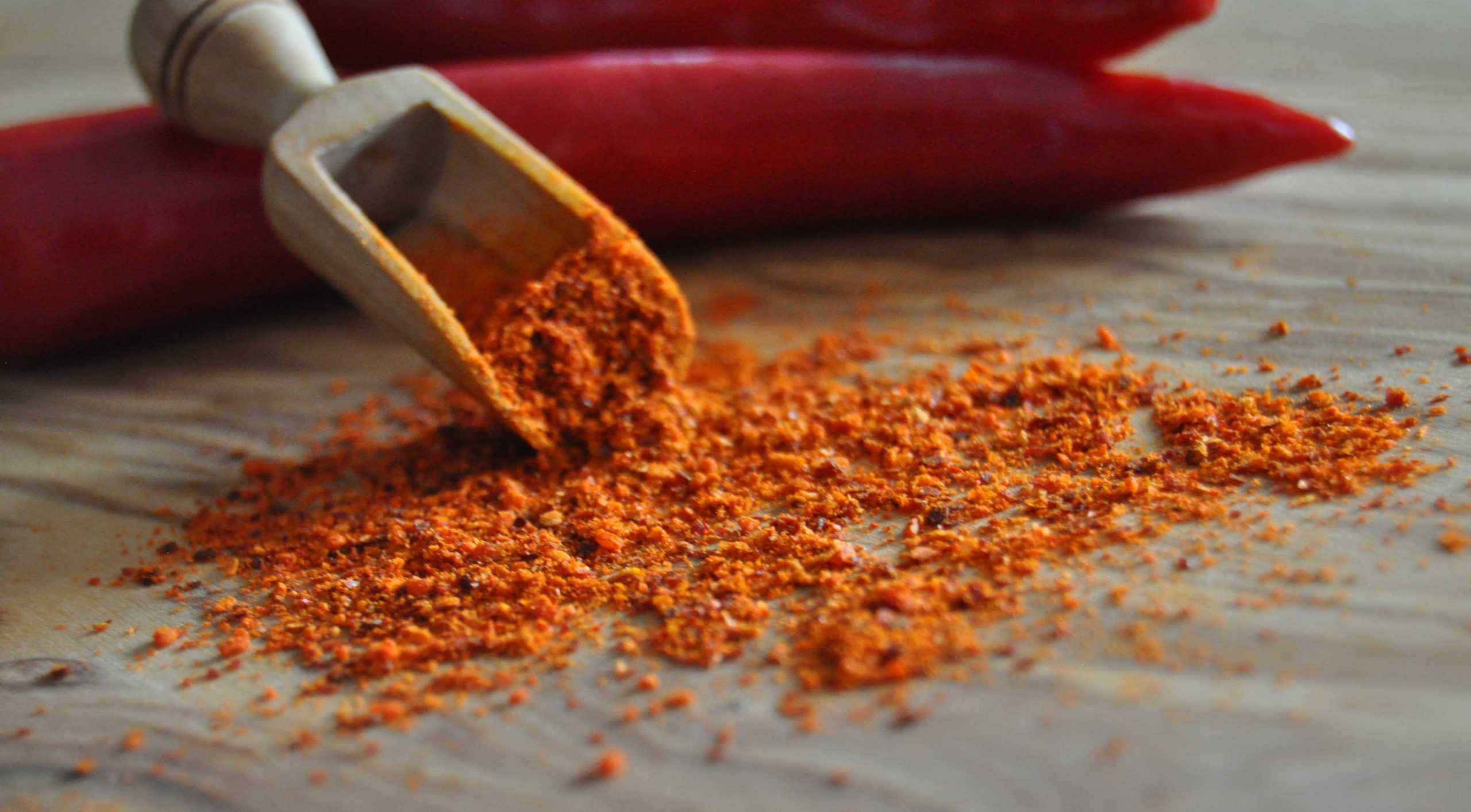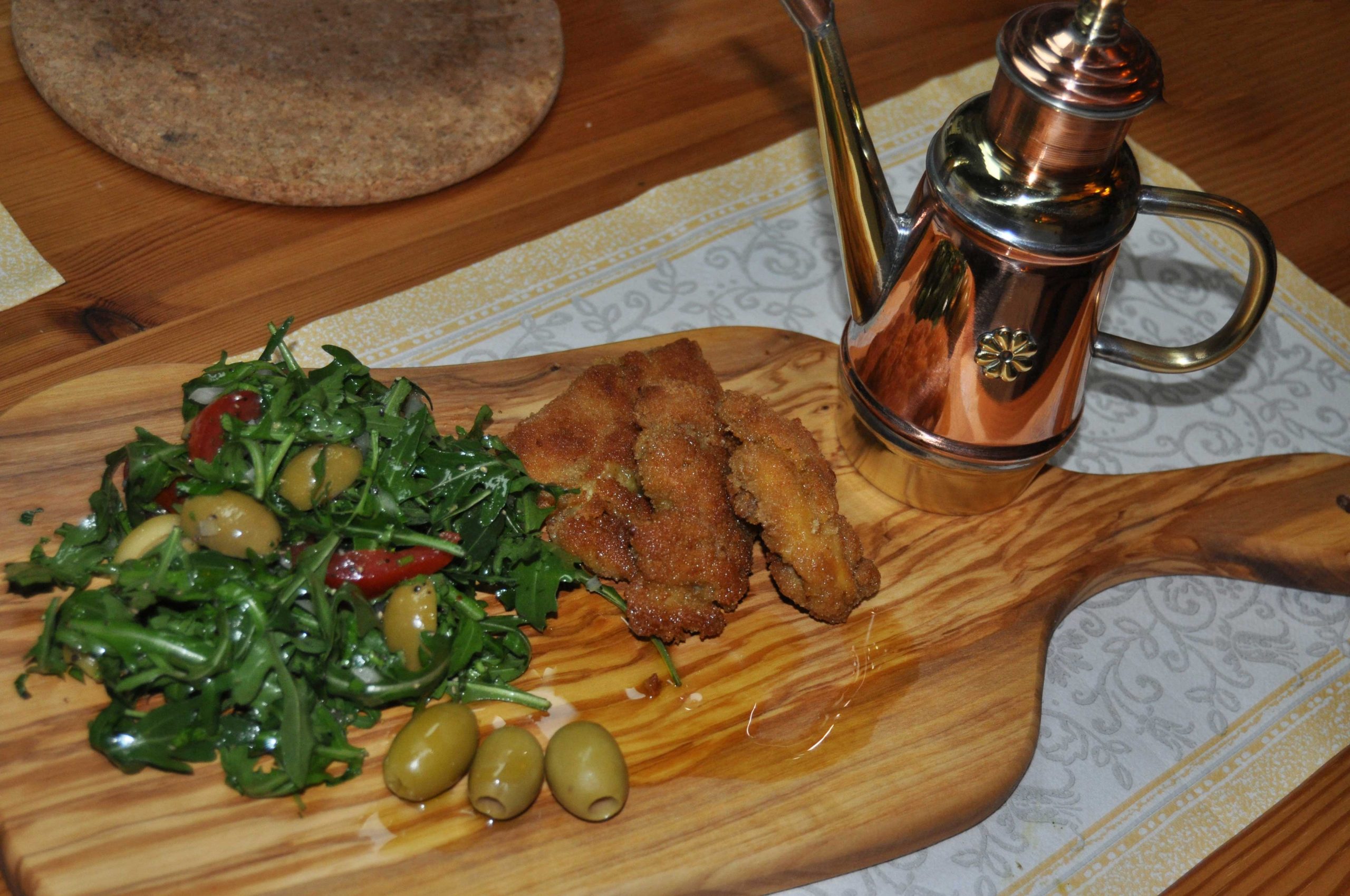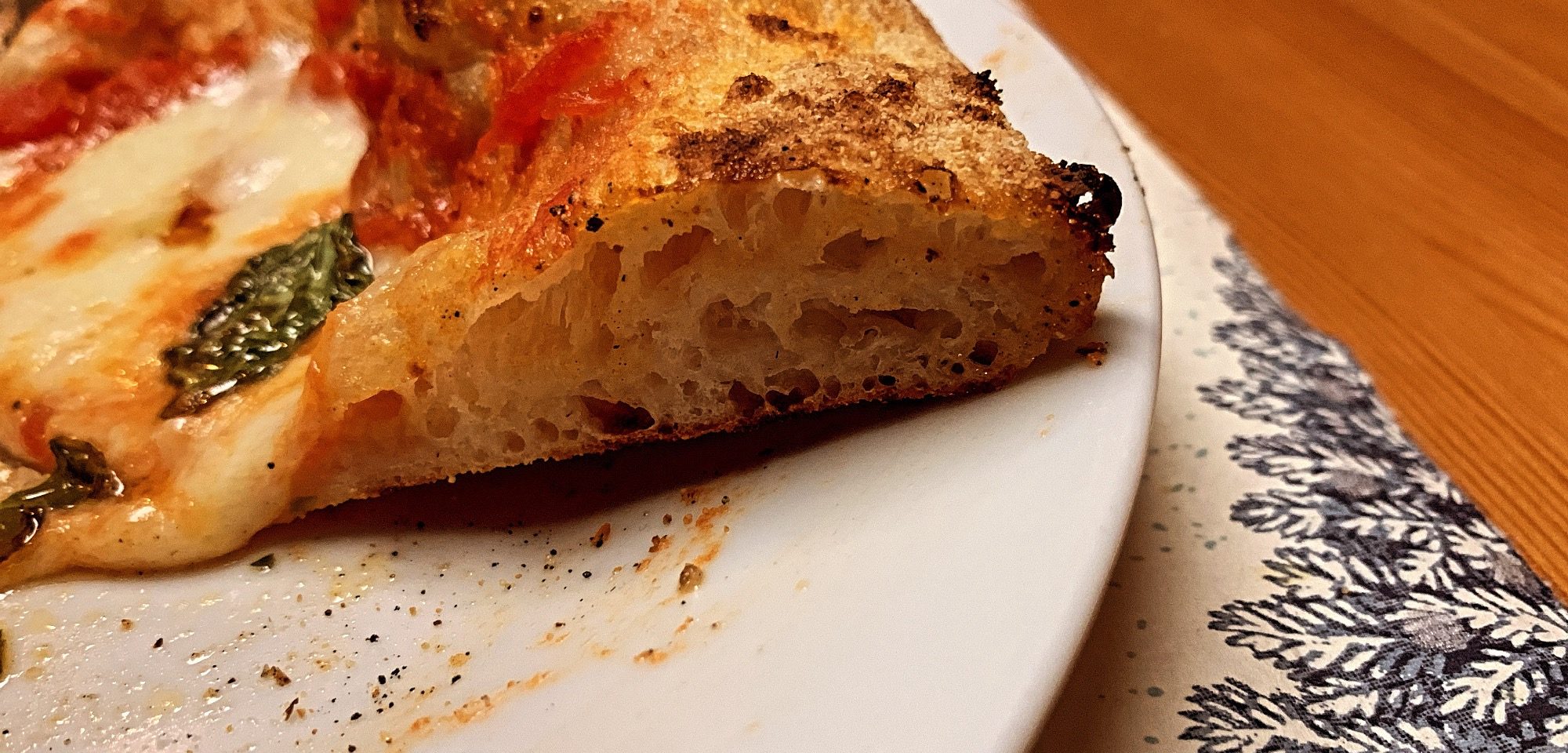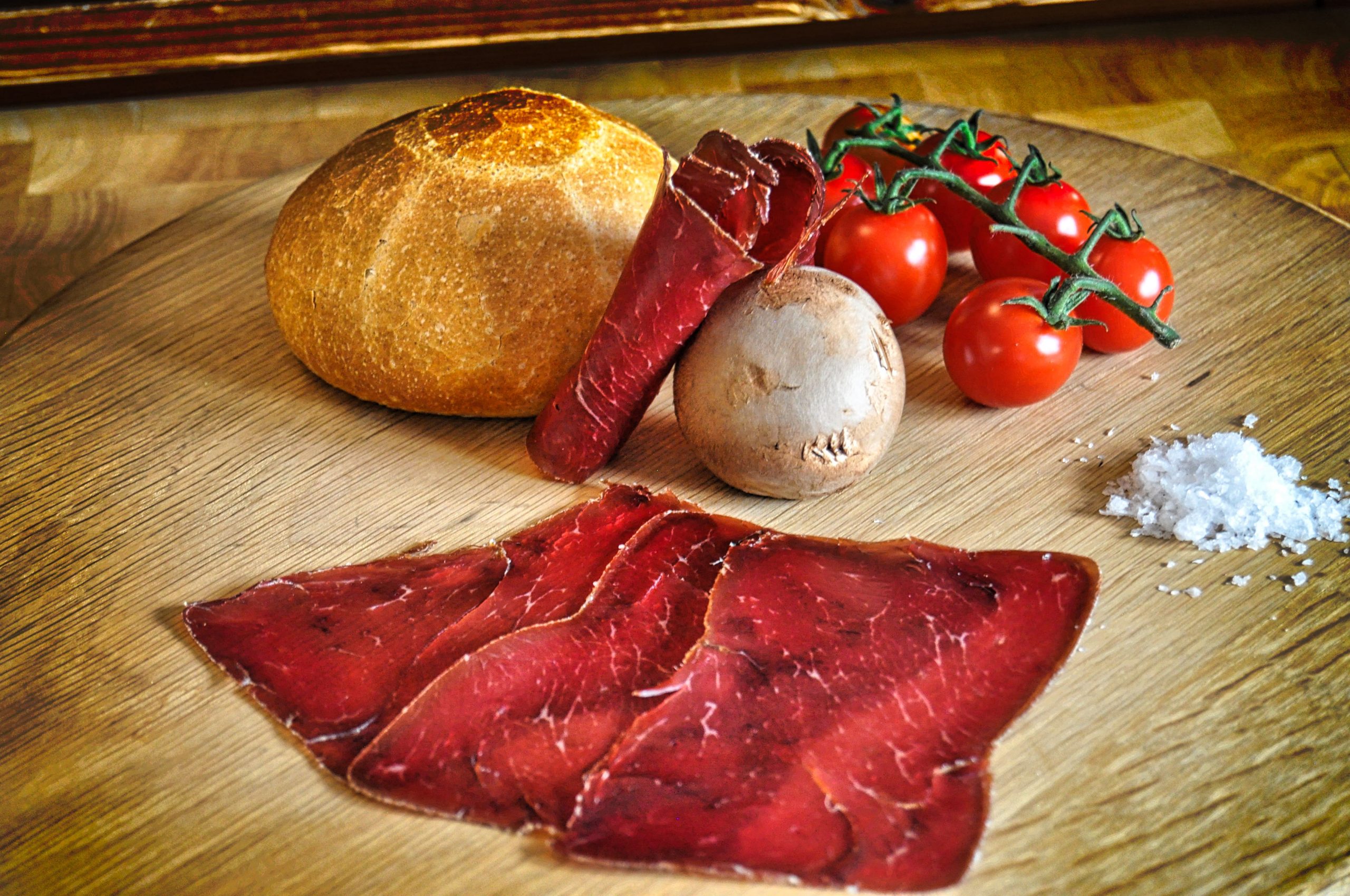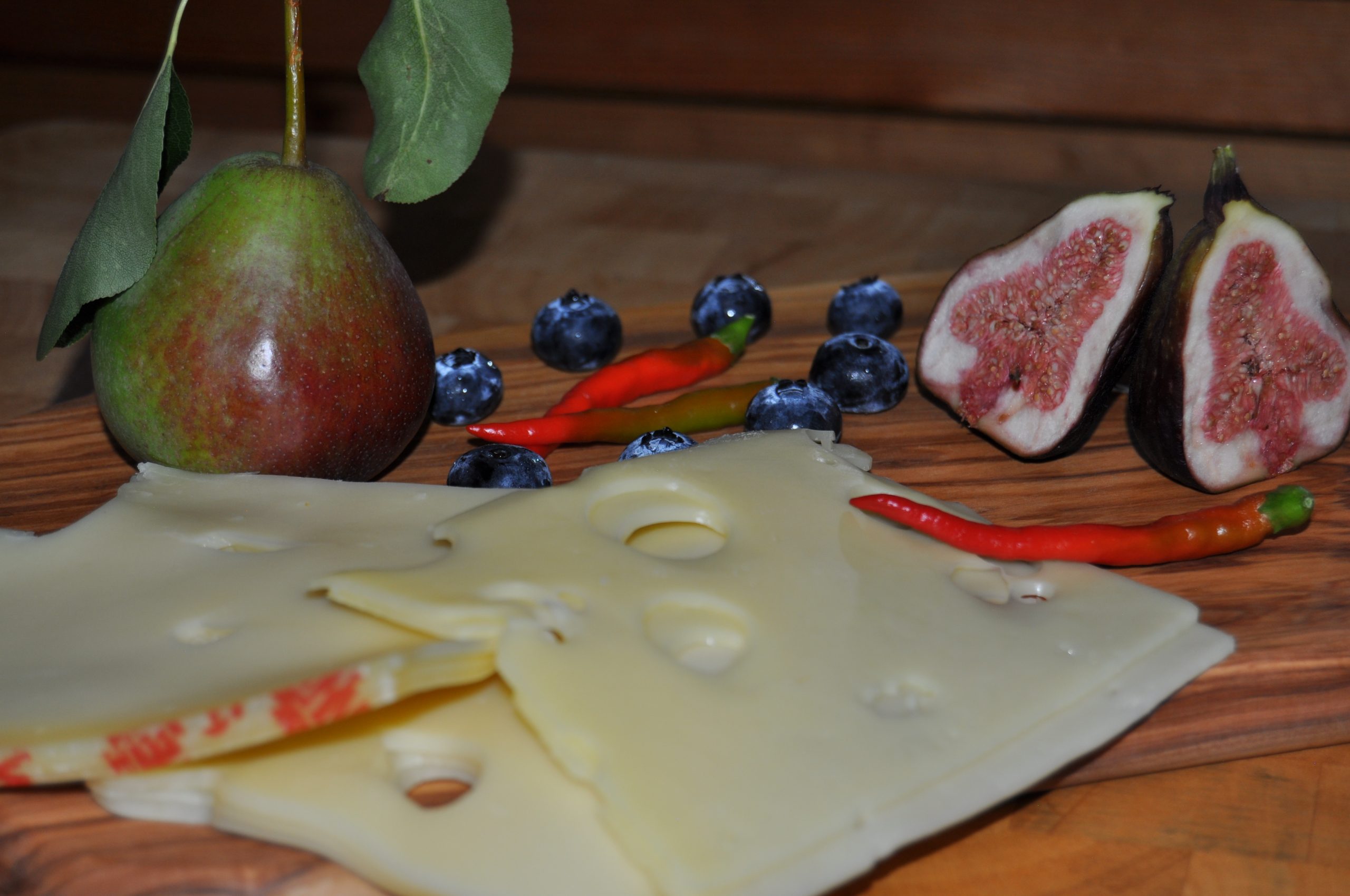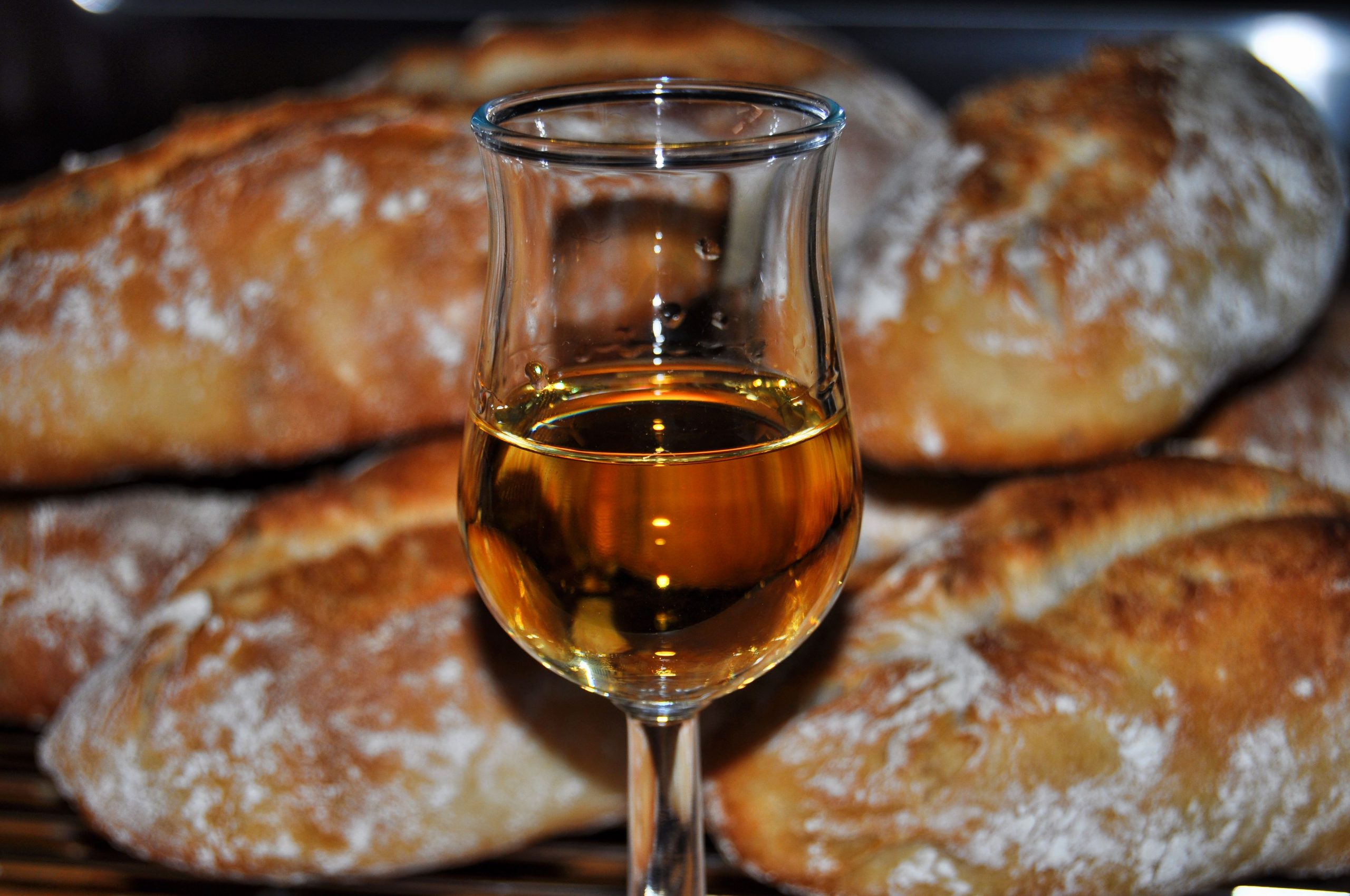Technically, the hazelnut belongs to the birch genus: the hazelnut bush, on which the hazelnut fruit grows, was long regarded in folk belief as a symbol of vitality, and in Irish-Celtic mythology the hazelnut bush enjoys the status of a sacred tree. In the history of Europe, the hazelnut plays a decisive role: After the last Ice Age, the common hazelnut was very present in Europe – to the extent that a whole period of the Stone Age was christened the Hazel Age (also known as the Boreal Age) in German terminology. The Hazel Age (Boreal Age) began about 8,000 years ago and lasted for a millennium – at that time the hazelnut was one of the most important food sources for Stone Age man. At that time there were even extensive hazel forests, which began to retreat again with the end of the hazel period at the end of the 7th millennium BC. The enormous importance attached to the hazelnut at that time is related in particular to the long shelf life of the fat-rich hazelnut.
The Zurich landscape architect and urban ecologist Jonas Frei explains in his monograph “Die Haselnuss. Arten, Botanik, Geschichte und Kultur.“ [The Hazelnut. Species, Botany, History and Culture.] that hazels form a completely autochthonous species – this means that the hazel was not introduced to Europe over great distances, but has been native to Europe for thousands of years. This makes the hazel a great exception among all the woody plants cultivated in Europe today.
It can be assumed that the hazelnut in its currently known form evolved at the same time as rodents in evolutionary history.
The squirrel and the hazelnut
In order for nut plants like the hazelnut to spread at all, animal species were required to spread the seeds: Especially in autumn, one sees squirrels running cross-country with a hazelnut in their “luggage“ – the hazelnut is often picked up as winter food near a hazelnut tree and buried elsewhere. Although the squirrel is said to have an excellent memory that allows it to know where it has hidden a hazelnut, one or two hazelnuts do remain underground after the end of winter. It is not unusual for such a hazelnut to germinate and a new hazelnut bush or tree to grow on the spot.
Although the hazelnut belongs to the birch genus, the spread of hazelnut seeds differs decisively from the way the birch spreads: The seeds of the birch are mostly spread by the wind, whereas the hazelnut depends on rodents or corvids to reproduce. Therefore, it can be assumed that the hazelnut in its currently known form evolved at the same time as rodents in evolutionary history.
Schistous coals – the hazelnut in prehistoric times in Zurich
If one wants to date when exactly the first hazelnut fruit existed on earth, it is no easy task: Jonas Frei describes in his monograph, supported by numerous illustrations, that about 45 million years ago in what is now Washington State on the US West Coast, the nuts of a hazelnut shrub fell into the fine sand of a lakeshore and were preserved there. So 45 million years ago, there was already a form of the nut that is now commonly known as the hazelnut.
It is no coincidence that a Zurich landscape architect and urban ecologist wrote a monograph on the hazelnut in 2023, which can certainly be considered a standard work in this field: The author vividly shows – among other things with a drawing of “Dürnten at the time of slate coal formation” (1863) – that the hazelnut already grew in the area of today’s Canton of Zurich before prehistoric times. When periodic glacial advances destroyed the vegetation in the Alpine region again and again during the ice age, which lasted 2.5 million years, the so-called schistous coals were formed by the advance of the glaciers: At regular intervals, the entire flora and fauna of the Alpine region was “buried” under glaciers and what remained were the schistous coals. These schistous coals served as sought-after fuel for a long time: Today, the charred remains of plants and animals are used to gain groundbreaking insights into the history of numerous plants – including the history of the hazelnut.
The hazel bush is often associated with the ideal of eternal youth.
Folk belief – access to other dimensions
Not only the fruit of the hazelnut tree is of great importance in folk belief: so-called dowsing rods, which are often made from hazelnut branches, are said to serve as a connection to other dimensions. According to this, hazel rods can be used, among other things, to establish a connection to the deceased or to locate subterranean energy sources – for example water veins.
The hazel bush is often associated with the ideal of eternal youth: it is generally known that the age of many trees can be read from the rings on the trunk. This is not the case with hazel trees: new trunks keep growing up on the hazel shrub, while older trunks die off. This is why the age of a hazel bush can hardly or not at all be determined – nature gave the hazel bush the special ability to constantly renew itself from the ground.
In the kitchen and in the bakery, the hazelnut played a subordinate role for a relatively long time: especially in sweet pastries, bakers and confectioners preferred to use almonds rather than hazelnuts for centuries, Dominik Flammer explains in an essay on the culinary history of the hazelnut in the Alpine region, published in Jonas Frei’s hazelnut monograph. Even today, almonds are preferred to hazelnuts – it was not until the mid-19th century that chocolatiers in northern Italy and Switzerland discovered hazelnuts for themselves.
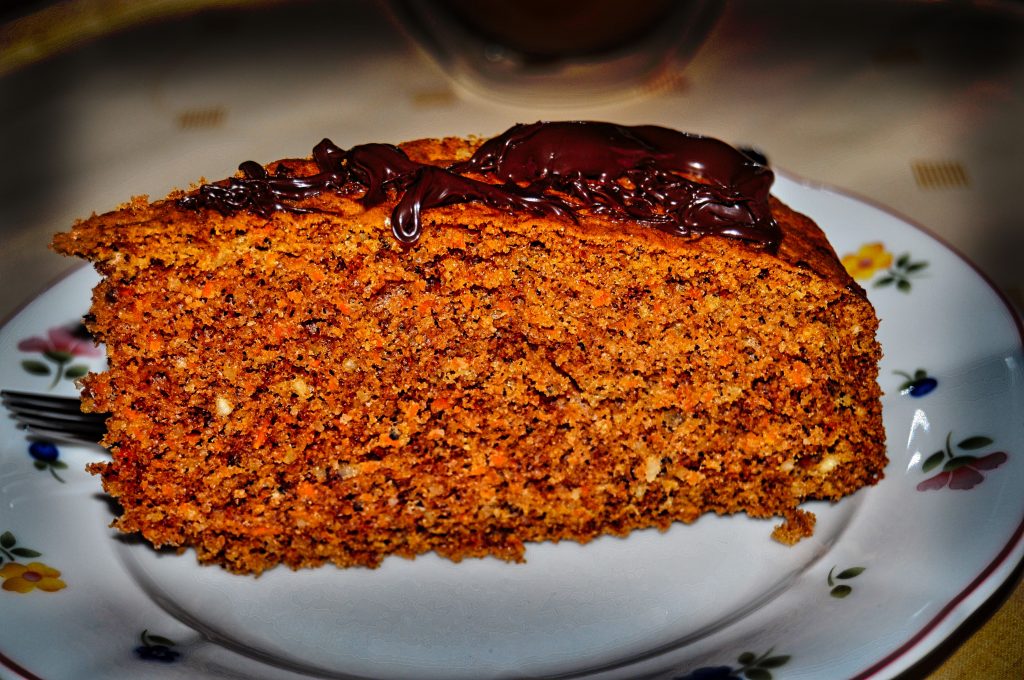
“Rüblikuchen” – or simply roasted hazelnuts
There are many different varieties of hazelnut – but only a few are relevant for world trade. To date, Turkey is the largest producer of hazelnuts in the world: in recent years, the demand for hazelnuts on the world market has increased enormously, and Turkey expanded its hazelnut cultivation area from about 440,000 hectares to 740,000 hectares between 2010 and 2020. The vast majority of hazelnuts on the market come from Turkish hazelnut plantations. The second largest producer of hazelnuts in the world is Italy. However, the industrialised cultivation of hazelnuts is discredited for being little akin to the natural growth of the hazelnut due to the use of insecticides and fertilisers. There is nothing like a hazelnut bush in one’s own garden from which one can harvest one’s own hazelnuts.
The hazelnut is not only used as an ingredient in chocolate: Hazelnuts can be used, for example, to bake a carrot cake with hazelnuts – an extremely delicious, not too sweet cake speciality. But it is also a pleasure just to snack on roasted hazelnuts – one may wonder whether people back in the Hazel Age also knew that a roasted hazelnut tastes twice as good?
The following work served as main source:
Frei, Jonas: Die Haselnuss. Arten, Botanik, Geschichte, Kultur [The Hazelnut. Species, Botany, History, Culture]. 2023 AT Verlag.
Der Bussard expresses its gratitude to AT Verlag for their cooperation. Jonas Frei’s work was kindly provided to Der Bussard.
Published in 2023, the standard work by Jonas Frei, landscape architect and urban ecologist from Zurich, offers a comprehensive overview of the species, botany, history and culture of the hazelnut.
Cover: © at-verlag.ch

Cover picture: © Simon von Ludwig

 Deutsch
Deutsch